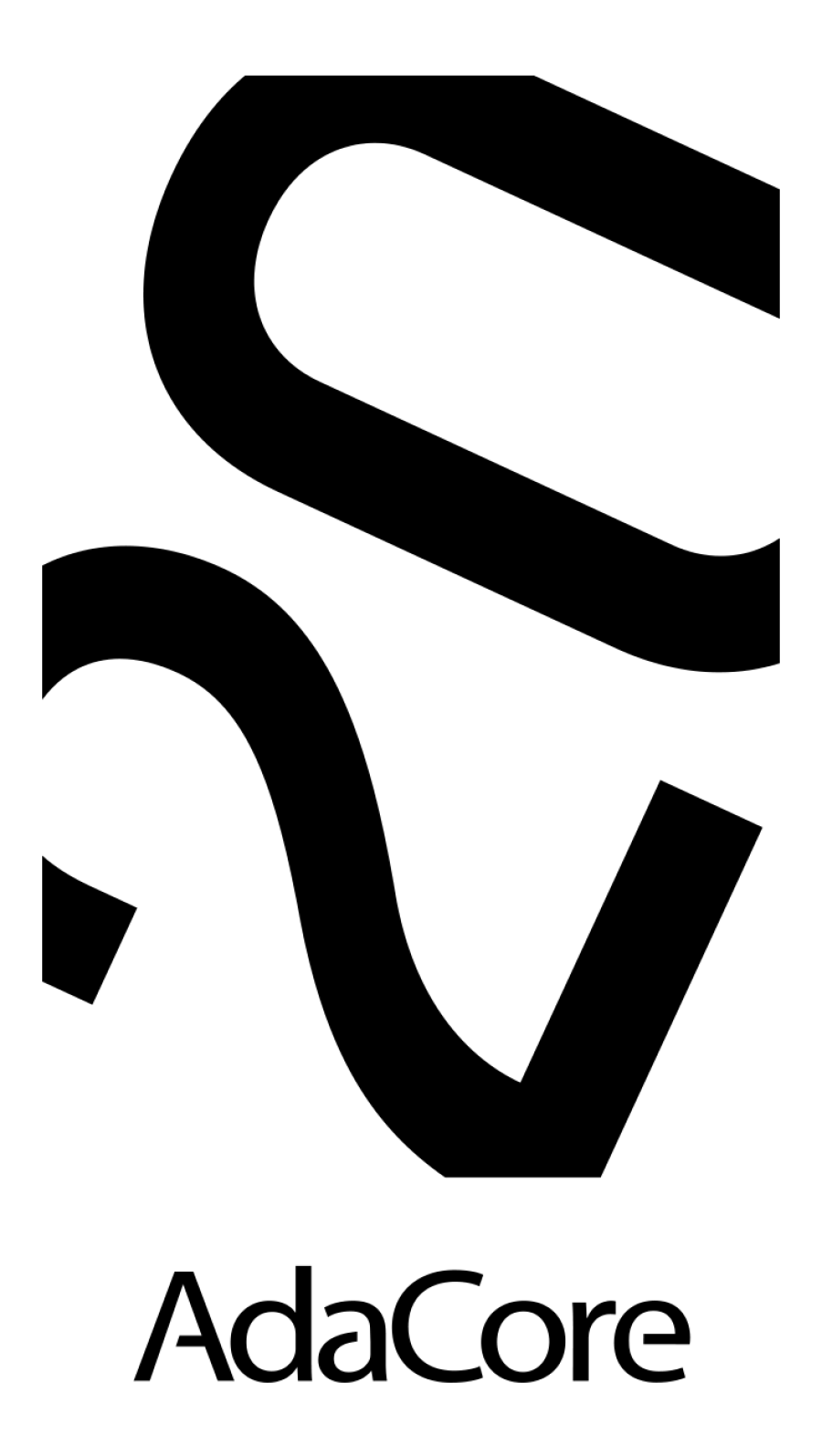20 years on...
by Emma Adby –

20 Years of AdaCore: Company as Committed as Ever on Safety-Critical Software Solutions
Twenty years ago – and with just one paid employee – AdaCore was born following a 16-year gestation at New York University. Dr. Robert Dewar, one of our co-founders and Emeritus Professor of Computer Science at NYU, initiated and ran an Ada-focused research program at the university after getting his first taste of the Ada language (the namesake of Ada Lovelace, the world's first female programmer). When his NYU team was tasked by the Ada 9X Project Office (Department of Defense) with making a freely available Ada 9X compiler, the GNAT project officially began.
By 1994, GNAT was ready for commercial exploitation, but that couldn't happen without a company behind it. Ada Core Technologies was formed, founded by Dr. Dewar, Ed Schonberg and Richard Kenner, and hired Gary Dismukes as its first employee. We launched with a contract in hand from Silicon Graphics, Inc. (SGI). The following year, the ISO published the Ada 95 standard and AdaCore's signature product, GNAT Pro, became commercially available. Other early AdaCore clients included General Dynamics, Mitsubishi, Raytheon and the United States Army.
Today, the world and AdaCore look quite different from two decades back. Our team and our business have grown substantially from those early years. Today, we have customers around the world and have global headquarters in New York and Paris. AdaCore customers are building space-based systems, commercial aircraft, military systems, air traffic management and control systems, railway systems, medical devices, and financial services systems using our solutions.
Over the years, AdaCore has developed a variety of breakthrough products including CodePeer (developed through a partnership with our customer SofCheck) to support Ada 2005 and Ada 2012, as well as SPARK Pro 8.1.0 while adding additional multinational customers like Thales to its portfolio. In 2004, we created the GNAT Academic Program (GAP), which encourages the use of the Ada language in college curriculum. To date, hundreds of colleges are participating in the program. AdaCore also entered into strategic partnerships with Wind River, SofCheck (with whom we later merged) and Praxis Critical Systems (now Altran); and with a growing user base, AdaCore launched its first GNAT Pro User Day in Paris in 2011. We are also working hard to provide online training for the safety-critical software developers of the future through AdaCore University (u.adacore.com). To date we have four courses available and will be adding more through the coming years.
Through it all, we've not strayed from our roots. Safety- and security-critical software solutions built around Ada and the continued promotion and expansion of the Ada language always have been our focus. Along the way, we've built a long-lived company with a stellar team, top-notch customer service, with quality and reliability in everything we do. Our product line has grown to reflect the shift in the need for critical software development solutions to include three other flagship tools to accompany GNAT Pro: the CodePeer advanced static analysis tool, the SPARK Pro verification environment (based on formal methods), and the QGen qualifiable and customizable code generator.
With 20 years down, we're not resting on our accolades. The need for safety-critical software solutions is more pronounced than ever. We reminisced about our past at AdaCore's annual company meeting in Milan, but the real focus was kicking off our next 20 years.
